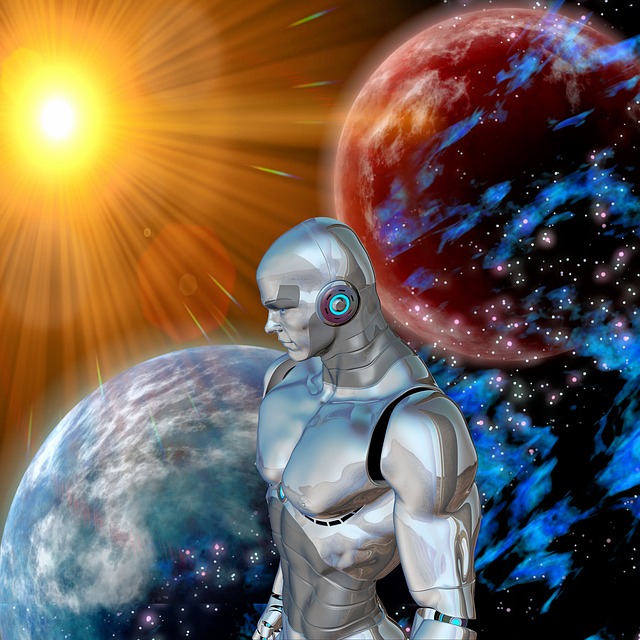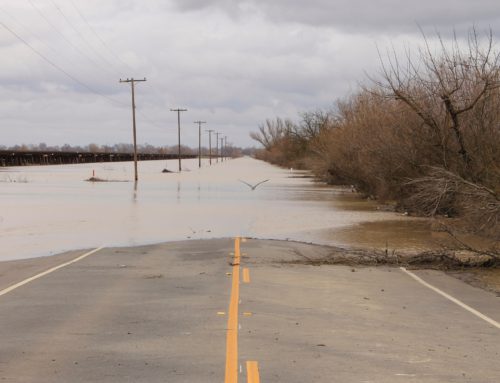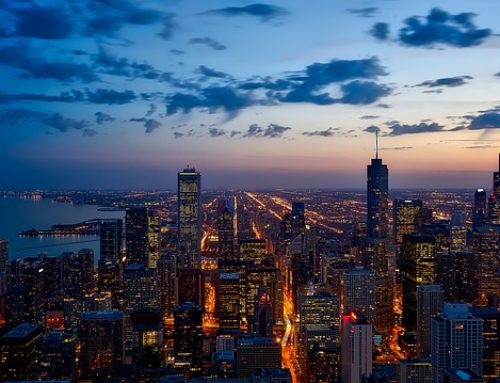Once the stuff of science fiction, robots are helping humans do nearly everything better and faster.
Since the Industrial Revolution, automation has reshaped the manufacturing industry in places all over the world, doing repetitive jobs that free up humans for more creative endeavors. Factories are investing in automated technology. The use of drones has reshaped warfare, reducing the number of lives lost in combat.
Now, robots are being employed in a novel way: to help save the natural world in a way that humans could not have previously imagined. The invention of robotic technology means that humans can finally make roadways into the deepest oceans and thickest forests—corners of the world previously inaccessible to mere mortals.
Saving the world as we know it
One startup uses robots to identify and inject poison into a species of starfish in Australia. These starfish feed on and severely damage the Great Barrier Reef, one of the seven wonders of the natural world—and one which some scientists are arguing may already be dead.
In other areas of the vast ocean, unmanned sailing drones are used to detect pollution and track changes in water temperature and acidity. Similar to the Australian starfish, the lionfish in the Indian and Pacific Oceans are invasive, feasting on fish that are beneficial for the environment, including those that keep algae at bay.
Lionfish are also hard to kill since they are too quick for human divers to target with spears. Enter a group of scientists, including the creator of the Roomba. They are developing a remote-operated robot that administers a lethal shock to the fish to keep them under control.
Coming to a natural reserve near you…
Just why are robots so important? Because they are not just doing the jobs humans don’t want to do. They are doing the jobs humans cannot do.
Vast changes in industrialization, as well as the climate, mean ecologists have a harder time tracking and understanding such changes.
As documented in the BBC series “Planet Earth II,” the rapid buildup of urban spaces in Barbados, for example, fatally distracts Hawksbill turtle hatchlings. Instead of responding to the glow of the moon to crawl toward the ocean upon hatching, they react to the glow of city lights and crawl toward the urban sprawl, eventually being crushed under the wheels of cars. These turtles are nearly extinct.
Automated technology is helping ecologists understand and tackle the wide effects of global change on the environment, which may signal the extinction of several species. Robots make it easier for them to do this, and allows them to provide predictions for the future.
Solving BIG environmental problems
In the world of agriculture, Japanese scientists are working on a drone that can help bees pollinate flowers. Bees are needed to pollinate the majority of crops consumed by humans. Their services are so crucial to the ecosystem that they are flown across the country in trucks in order to pollinate almond trees in California.
But today, bees are under pressure from outside elements such as pesticides and climate change. Technology such as the Japanese drone could help farmers in much need of the services of bees.
Robots are also helping us conserve our ecosystems. Unmanned aerial vehicles, for example, can track and monitor protected areas and endangered species. There are companies using drones to identify wildfires and replant trees, both faster than any human could before. Not to mention the satellites that can catch illegal fishing or deforestation.
Robots are also improving industries worldwide. In Europe, scientists are creating an underwater robot that mimics the movements of fish, the first step towards developing underwater vehicles to be used for search and rescue or the oil-and-gas industry. In the UK, scientists are developing small robots that can slither into tiny spaces like a snake, which could eventually be used to repair power plants or offshore platforms.
These are just some examples of how robots and automation are being used to better the natural environment.
Playing God with the natural order?
To some, the question of ethics inevitably arises. The advent of such exciting new technology means the future of ecology looks bright. But now it can also be altered by human intervention.
Fortunately, it doesn’t look like our robots are interested in turning us into human batteries yet, like in The Matrix. And they don’t seek to alter the ecosystem, either. For now, our robots are helping us prevent the decimation of systems, prevent the extinction of species, and ensure that critically endangered species do not die out.
Quite frankly, robots and other autonomous technology (like the Internet of Everything) are helping humans solve some of the world’s biggest problems, ones we would have never been able to solve on our own.
Automated systems are “more about us understanding our relationship and interaction with the environment as opposed to us sequestering the environment away from ourselves,” says Bradley Cantrell, an associate professor of landscape architectural technology at Harvard Graduate School of Design. “I think my take would be that it requires a much more nuanced view of human and other species interaction….It’s not about controlling that system, but about, in a way, choreographing the system.”







Leave A Comment